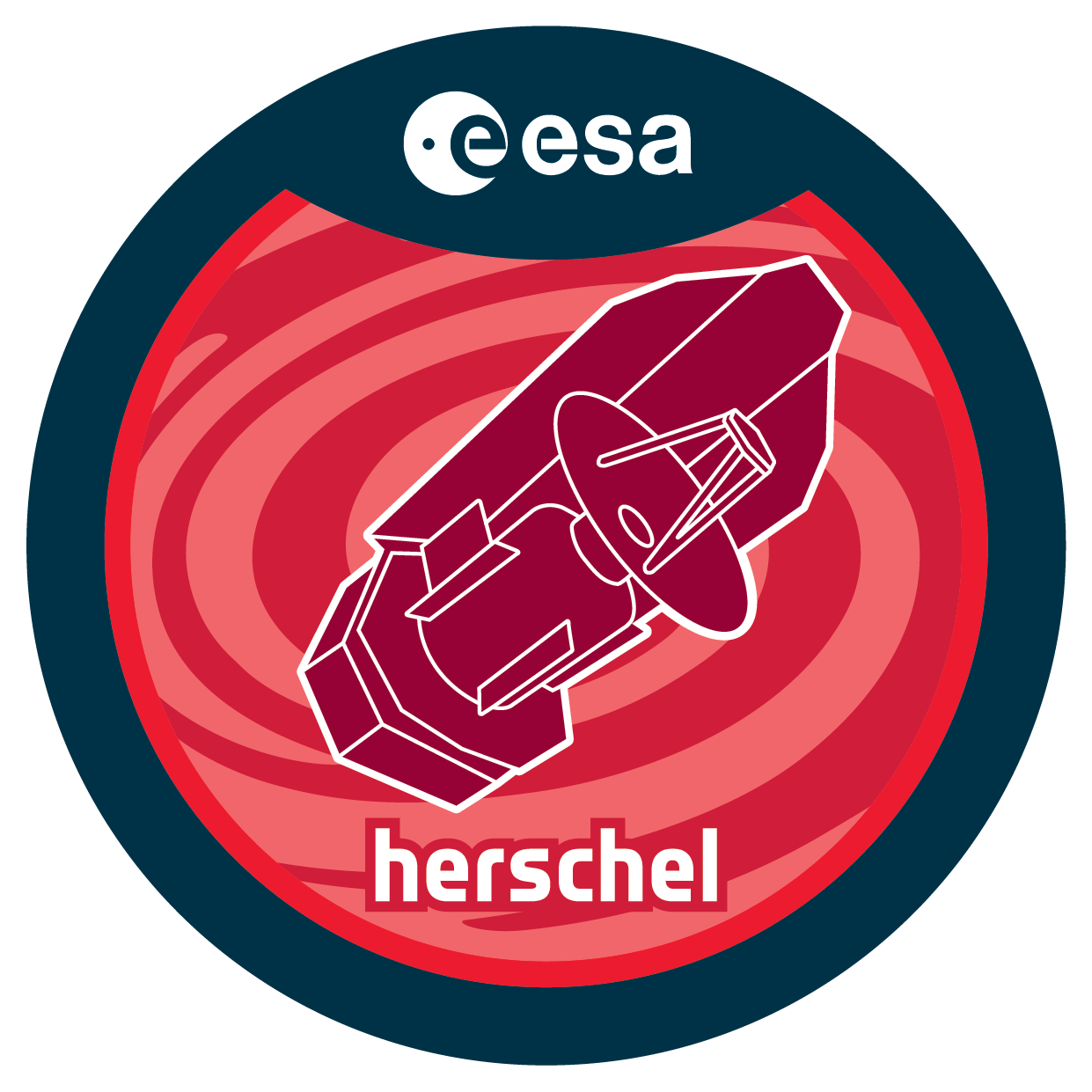

| Name | OT1_ncalvet_1 |
| Title | A Deeper Look at the 3-10 Myr Old Disks in the Orion OB1 Association |
| URL | http://archives.esac.esa.int/hsa/whsa-tap-server/data?retrieval_type=OBSERVATION&observation_id=1342241387&instrument_name=PACS&product_level=LEVEL0&compress=true |
| DOI | https://doi.org/10.5270/esa-owf0vcc |
| Author | calvet, n. |
| Description | We propose to obtain deep 70/160 micron PACS Photometer observationsof populations in the Orion OB1 association, spanning the critical3 to 10 Myr range of ages when disks are supposed todissipate and planets to form. Our ongoing large-scale survey of theOrion OB1 star-forming regions has allowed us to find the elusive lowmass population in the older parts of the association, and secure thephotometric and spectroscopic data to fully determine the stellar andaccretion properties of these objects. We propose to obtain slow-speedscans of five 30x30 fields, covering sections of the ~ 3 Myrold cluster sigma Ori, a ~ 5 Myr old group in the Ori OB1bsubassociation, and the ~ 9 Myr old 25 Ori group, the mostpopulous stellar group at this age within 500 pc. Our Spitzer IRACand MIPS data for the proposed fields allow us to estimate thatwe will detect at least 62 disks in our PACS observations, 48%of which also have Spitzer IRS data. With the Herschel far-infrared fluxesand our mid-infrared and optical fluxes wewill construct the most complete spectral energy distributions for alarge sample of 3-10 Myr disks. The interpretation of these SEDs withour irradiated accretion disk codes, constrained by the stellarparameters and mass accretion rates determined independently from theUV excess, will allow the best characterization to date of disks inthis age range, and provide essential constraints on theoretical models ofdisk evolution and planet formation. |
| Publication |
|
| Instrument | PACS_PacsPhoto_largeScan |
| Temporal Coverage | 2012-03-14T03:51:56Z/2012-03-29T08:55:46Z |
| Version | SPG v14.2.0 |
| Mission Description | Herschel was launched on 14 May 2009! It is the fourth cornerstone mission in the ESA science programme. With a 3.5 m Cassegrain telescope it is the largest space telescope ever launched. It is performing photometry and spectroscopy in approximately the 55-671 µm range, bridging the gap between earlier infrared space missions and groundbased facilities. |
| Creator Contact | https://support.cosmos.esa.int/h®erschel/ |
| Date Published | 2012-09-29T04:50:11Z |
| Last Update | 2025-01-24 |
| Keywords | Herschel, HSC, submillimetre, far-infrared, HIFI, PACS, SPIRE |
| Publisher And Registrant | European Space Agency |
| Credit Guidelines | European Space Agency, calvet et al., 2012, 'A Deeper Look at the 3-10 Myr Old Disks in the Orion OB1 Association', SPG v14.2.0, European Space Agency, https://doi.org/10.5270/esa-owf0vcc |